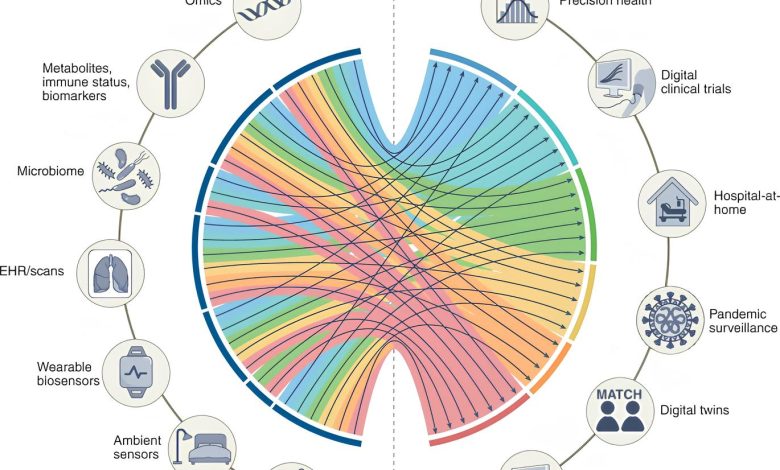Daily Current Affairs for UPSC
Large Multi-Modal Models (LMMs) in Healthcare
Syllabus- Science and Technology (GS Paper-3)

Context- The World Health Organization (WHO) has recently released comprehensive guidance on the ethical use and governance of large multi-modal models (LMMs) in healthcare.
About Large Multi-Modal Models (LMMs)
- Large multi-modal models check with superior artificial intelligence fashions which are capable of processing and information multiple types of data modalities, which include textual content, pix, audio, and in all possibly others.
- LMMs are known for their capability to mimic human communique and perform tasks without specific programming.
- Platforms like ChatGPT, Bard and Bert have become household names since their introduction only last year.
Five Broad Applications of LMMs in Healthcare
- Diagnosis and medical care, which includes responding to patients’ written queries;
- patient-guided use for investigating signs and symptoms and treatments;
- clerical and administrative duties in digital health facts;
- scientific and nursing training with simulated patient encounters;
- and scientific research and drug development.
Concerns with the Use of LMMs in Healthcare:
- LMMs pose risks, including the technology of fake, faulty statements, that could misguide health choices.
- The information used to train these fashions can be afflicted by quality or bias issues, probably perpetuating disparities primarily based on race, ethnicity, sex, gender identification or age.
- Cybersecurity concerns given the sensitivity of patient’s information involved.
- LLMs may be misused to generate and disseminate especially convincing disinformation inside the form of text, audio or video content that is tough for the general public to differentiate from reliable health content material.
Key Recommendations for Government
- Investing in public infrastructure, like computing power and public datasets, that adhere to ethical concepts.
- Using laws and guidelines to ensure LMMs meet moral duties and human rights standards.
- Introducing mandatory post-release audits and impact assessments.
- Developers are counseled to have interaction with a wide range of stakeholders, which includes ability users and healthcare specialists, from the early levels of AI improvement.
- It also recommends designing LMMs for well-defined tasks with necessary accuracy and understanding potential secondary outcomes.
- Policy-makers must ensure certain patient safety and protection while technology firms work to commercialise LLMs.
Conclusion
- WHO’s new guidance offers a roadmap for harnessing the power of LMMs in healthcare while navigating their complexities and ethical considerations.
- This initiative marks a significant step in the direction of making sure that AI technologies serve the public hobby, specially inside the health sector.
Source: WHO





.png)



